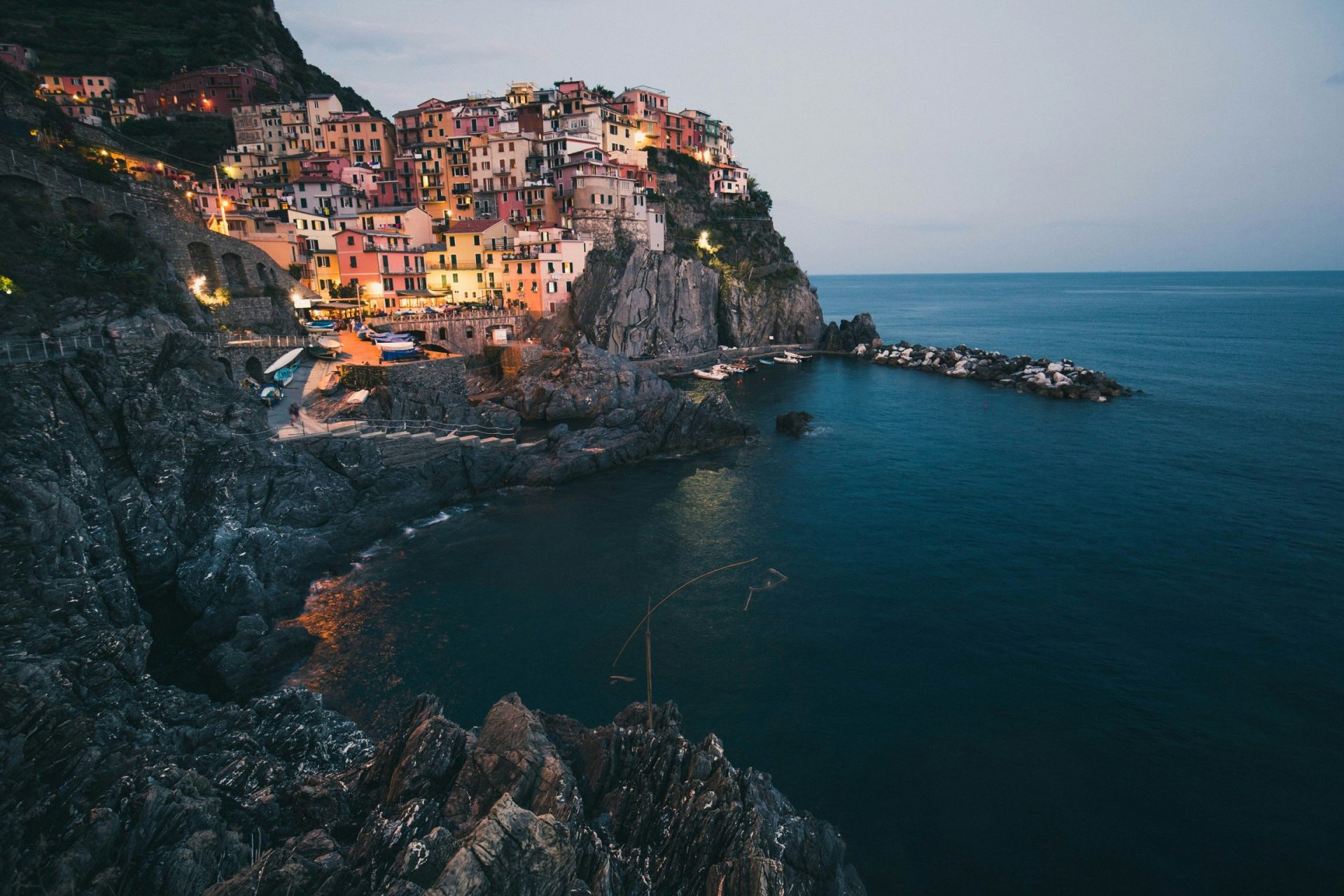Standing at the helm of planning your next European cruise? You’re not alone – cruise bookings for European routes have surged 40% since 2023. The Mediterranean’s azure waters and Baltic’s dramatic coastlines each tell distinct stories, offering uniquely enchanting experiences. I’ve navigated both routes extensively, and I’ll help you chart the perfect course for your travel style.
Seasonal Sweet Spots: When to Set Sail
The Mediterranean cruise season peaks from June through August, when warm temperatures and cloudless skies create perfect conditions for beach enthusiasts. Daytime temperatures hover around 85°F (29°C), with minimal rainfall and calm seas. These conditions make swimming, snorkeling, and coastal exploration particularly enjoyable.
Baltic cruises flourish between May and September, offering unique phenomena like the midnight sun. During peak season, travelers experience extended daylight hours—up to 18-20 hours in destinations like Stockholm and St. Petersburg. This natural spectacle provides extraordinary opportunities for evening excursions and photography.
Shoulder seasons (April-May and September-October) in both regions offer distinct advantages. Mediterranean ports are less crowded, and temperatures remain pleasant, ranging from 65-75°F (18-24°C). Baltic shoulder season brings mild weather and fewer tourists, though evening temperatures may require warmer clothing.
Weather patterns vary significantly between regions. The Mediterranean enjoys stable, sunny conditions during peak season, while Baltic weather can be more unpredictable, with occasional rainfall even in summer. This variability affects shore excursions and deck activities, requiring flexible planning.
Cultural Tapestry: Port Cities and Heritage
Mediterranean ports showcase extensive Roman and Greek heritage, with ancient amphitheaters, temples, and archaeological sites dotting the coastline. Cities like Rome, Athens, and Ephesus serve as living museums, preserving classical architecture and artwork spanning millennia.
Baltic cities reflect the powerful influence of the Hanseatic League, featuring medieval merchant houses, Gothic churches, and well-preserved old towns. Stockholm, Tallinn, and Riga exemplify this architectural heritage, with cobblestone streets and distinctive red-brick buildings.
The architectural contrast between regions is striking. Mediterranean cities feature baroque churches, Renaissance palaces, and sun-bleached stone buildings. Baltic architecture emphasizes clean Nordic design, combining medieval elements with modern functionality.
Local festivals add cultural depth to both regions. Mediterranean summers burst with religious festivals, wine harvests, and music celebrations. Baltic cities host midsummer celebrations, medieval festivals, and cultural events showcasing regional traditions.
Onboard Experience and Sailing Conditions
Mediterranean cruises typically feature calm seas and short distances between ports, allowing for smooth sailing and maximum shore time. Most itineraries include daily port calls, with minimal full days at sea.
Baltic voyages encounter slightly choppier waters, particularly in open sections of the sea. Longer distances between some ports result in more sea days, though modern stabilization systems ensure comfortable journeys.
Ship selection varies by region. Mediterranean routes accommodate vessels of all sizes, from intimate luxury ships to large resort-style cruisers. Baltic ports often favor medium-sized ships due to harbor restrictions and canal access requirements.
Deck activities differ significantly. Mediterranean cruises maximize outdoor spaces with multiple pools and sun decks. Baltic ships often feature indoor pools and covered areas for comfort during cooler or rainy periods.
Shore Excursion Adventures
Mediterranean excursions emphasize beach activities, coastal exploration, and historical sites. Popular options include Greek island hopping, Italian coastal drives, and visits to ancient ruins. Water sports and beach clubs feature prominently in summer itineraries.
Baltic excursions focus on urban experiences, with comprehensive city tours, museum visits, and cultural programs. Highlights include Catherine Palace in St. Petersburg, Stockholm’s Vasa Museum, and Copenhagen’s Tivoli Gardens.
Active options abound in both regions. Mediterranean travelers enjoy hiking coastal trails, kayaking crystal coves, and cycling through wine country. Baltic adventurers explore by bike, kayak city canals, or hike forest trails near port cities.
Tour pricing reflects regional economics. Mediterranean excursions often cost more due to high tourism demand and seasonal pricing. Baltic tours offer competitive rates, particularly for cultural and historical experiences.
Culinary Journey Through Two Seas
Mediterranean cuisine emphasizes fresh seafood, olive oil, and local produce. Port stops feature opportunities to sample authentic paella in Spain, fresh pasta in Italy, and Greek mezze platters. Regional wines complement each meal, with vineyard tours available in multiple ports.
Baltic cuisine showcases fresh fish, hearty meat dishes, and innovative Nordic cooking. Travelers experience farm-to-table restaurants, traditional smokehouses, and renowned craft breweries. Food markets in Copenhagen, Helsinki, and Stockholm highlight regional specialties.
Each region offers unique culinary excursions. Mediterranean options include cooking classes, wine tastings, and olive oil farm visits. Baltic tours feature craft beer tastings, traditional bread baking, and foraging experiences with local chefs.
Budget Considerations and Value
Mediterranean cruises generally command higher peak-season prices, reflecting strong demand and established tourism infrastructure. Seven-day itineraries range from $1,000 to $3,000 per person, excluding flights.
Baltic cruises offer competitive pricing, particularly in shoulder seasons. Comparable itineraries typically cost 15-20% less than Mediterranean voyages, though longer distances may require extended cruise durations.
Airfare costs vary significantly. Mediterranean ports offer numerous flight options from major cities, while Baltic destinations may require additional connections. Consider open-jaw flights to maximize cruise itineraries and minimize travel time.
Additional expenses differ between regions. Mediterranean ports often require tender service and private beach club fees. Baltic cities feature efficient public transportation and walkable attractions, potentially reducing local transportation costs.
Chart Your Course: Making the Choice
The perfect cruise choice mirrors your travel aspirations. Mediterranean cruises beckon sun-seekers and ancient history enthusiasts, while Baltic voyages attract those drawn to Nordic culture and dramatic landscapes. Consider your preferred season, budget, and desired experiences to navigate toward your ideal maritime adventure. Ready to book? Most cruise lines are now accepting reservations through 2025.

